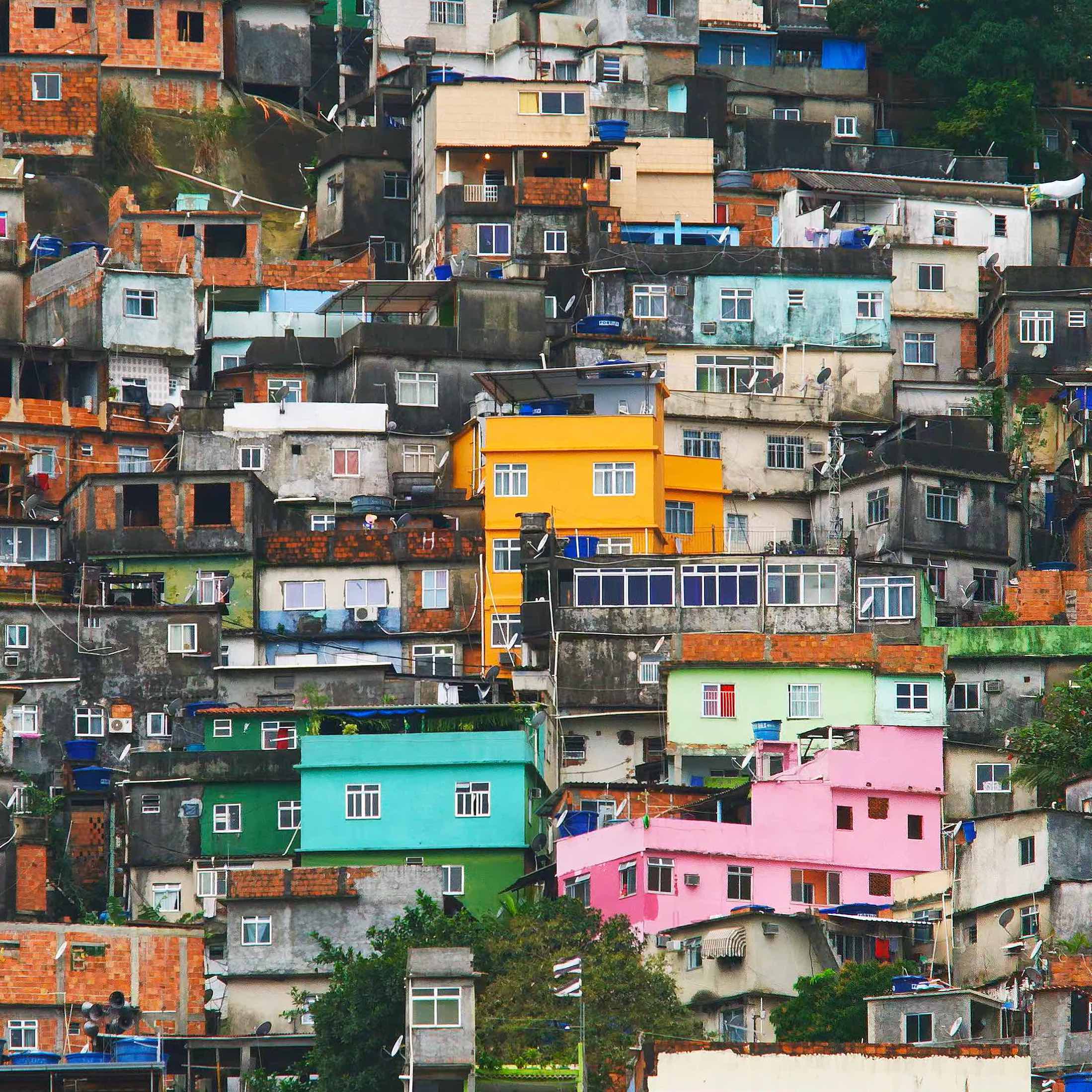
Goal 1: No Poverty
8 fundamental facts you need to know about achieving… No Poverty
Poverty is a huge global problem, but you might be surprised to learn that it’s not all bad news. Here we look at some shocking statistics, as well as stories of hope.
By roshan mccarthur
july 24 2019
1. Nearly half of the world lives in poverty
Poverty means more than just a lack of money and resources. It manifests itself as hunger and malnutrition, as a lack of access to essential services like education, and as social discrimination, whereby people are unable to take part in decision-making processes, such as voting. Ending poverty is key to unlocking enormous human potential, allowing everyone to live prosperous and productive lives.
2. And there’s also extreme poverty
According to figures set by the World Bank, extreme poverty is defined as surviving on less than $1.25 a day. Today, there are an estimated 783 million people who live in extreme poverty around the world… that’s 11% of all humans.
3. Where do the world’s poor live?
Most of the world’s poor live in two regions: Southern Asia and sub-Saharan Africa. In Malawi for example, a staggering 70% of people live in extreme poverty. More than three-quarters of its labour force works in agriculture, producing just enough to feed their families. That means there’s little left over to educate their children or improve their lives in any way. In 2015, the country was devastated by floods that displaced around a quarter of a million people. That was followed by a period of drought that damaged crops and left the country with severe food shortages.
4. But there is good news
Rather surprisingly, in spite of rapid population growth, extreme poverty has actually been declining over the last 200 years. To put this in perspective, in 1981, 44% of the world’s population lived in extreme poverty. Today, it’s one quarter of that.
5. So can we end poverty?
The United Nations believes it is possible. The economist Jeffrey Sachs calculated that to end poverty in 20 years, it would cost about $175 billion per year. Sounds like a lot, but that’s less than one percent of the combined income of the world’s richest countries.
6. Who run the world?
Women around the world are still 1.7 times more likely to be illiterate than men. However, when women earn money, they reinvest 90% of it back into their families, while men only re-invest 30-40%. According to the campaigning and advocacy organization One, countries with greater gender equality experience higher cereal yields. And a World Bank study of 100 countries showed that the more women there are in parliament, the lower the level of corruption.
7. Baking with Friends
In the autumn of 2015, ten friends, all women displaced by war, set up a small cake factory near the city of Dohuk, in Iraqi Kurdistan, with the help of the United Nations Development Programme (UNDP). They called it the Dost Bakery, dost meaning “friend” in Kurdish. The women run the factory, serving baked goods to the local community of displaced persons and learning practical skills. The project has directly benefited more than 126 families.
8. See no evil
For many years, communities across Papua used the Celebes pepper, or the sereh merah plant, to ward off evil spirits. It turns out they were onto something. Residents of Ogenetan in the far-flung Boven Digeol district recently discovered that these peppers have an additional use that’s revolutionised the local economy – as pesticides. Thanks to the product that they’ve now bottled, they’re growing enough chilli peppers, eggplant, mustard greens, kale and tomatoes to feed themselves and their families, plus they’re earning a respectable income from selling the surplus.
100% of profits from sales of Goal 1 #TOGETHERBANDs go to GiveDirectly